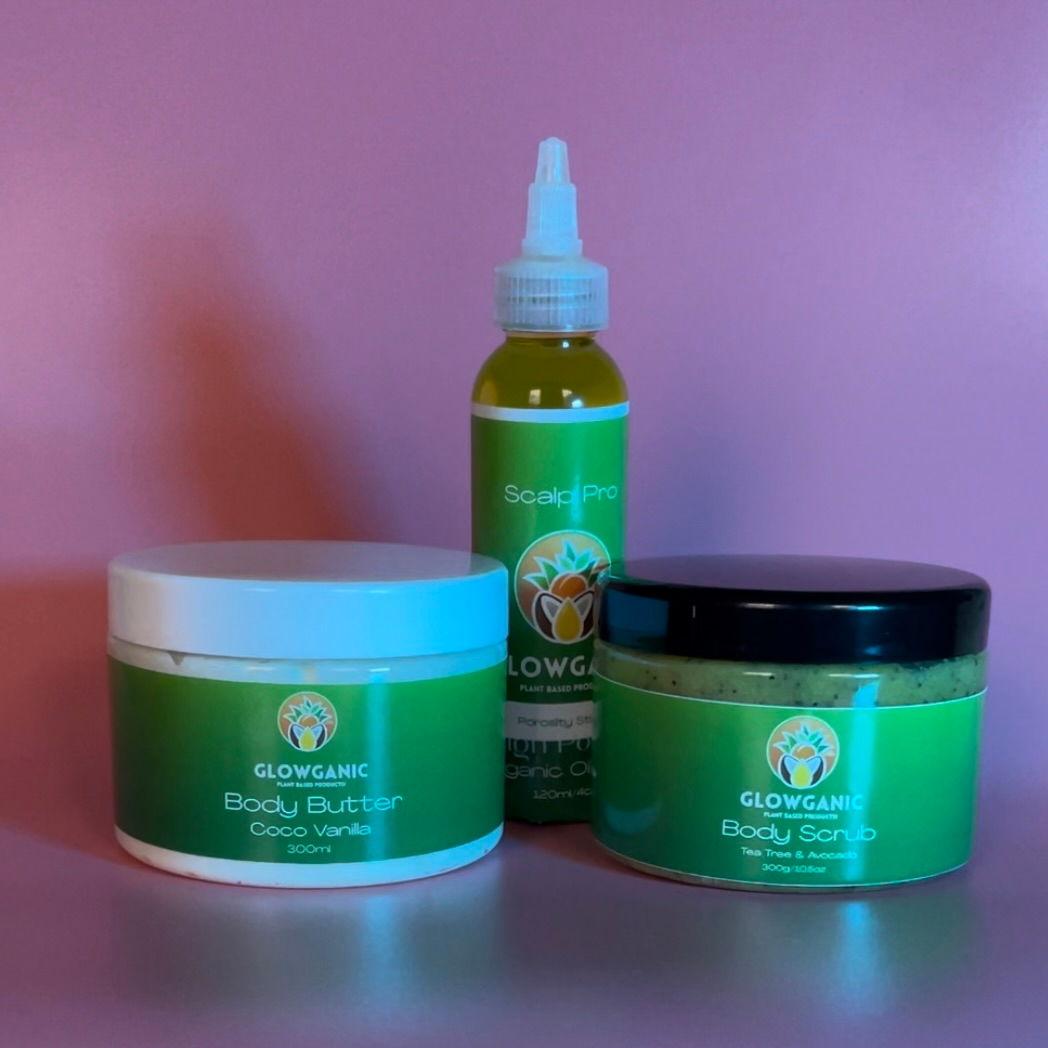Intro:
In this weeks article we will be discussing the Human Skin and why it is very important to look after it. Skin plays a vital role in our survival as well as In our day to day lives. Some may think that all of our organs are internal such as our brain, liver, lungs, kidneys and heart, but the largest organ of all is the one we wear on the outside called our skin. Did you know that a fully developed adult carries around 3.6kgs and 2 square meters of skin on their body and without it we would literally evaporate.
Functions of the Skin
The skin has many functions used to protect us in our day to day lives. This includes acting as a waterproof insulating shield that guards our body against the extremes of temperatures, damaging sunlight that contains uv rays, and harmful chemicals found in our environments. Our skin can exude antibacterial substances helping to prevent infection besides manufacturing vitamin D for converting calcium into strong and healthy bones. Additionally our skin is like one giant sensor stuffed with nerves with the job of keeping our brain connected to the outside world and away from any danger. It also has the important job of thermoregulation helping to keep our bodies at the perfect temperature. This makes our skin one of the most versatile organs in our body, meaning it is very important to look after it and first way you can do so is by making the switch to Plant-based Natural skin & haircare products.
Anatomy of the skin:
Our skin is made up of three layers. The outer layer or top layer of skin is called the Epidermis this is around 0.05mm thick but can range all the way to 1.5mm thick on certain areas of our body such as the palms of our hands and soles of our feet. The epidermis consists mainly of cells called Keratinocytes which are made from the tough protein keratin. These Keratinocytes form many layers that grow outwards causing exterior older cells to die and flake off. It takes about 5 weeks for newly generated cells to work their way to the surface. The layer of dead skin cells is called the stratum corneum where it’s thickness varies considerably depending on the location of the body. The epidermis harbour special cells called Langerhan cells, these cells alert the body’s immune system to viruses and other infections agents.
Below the epidermis you will find your second deeper layer of skin called the Dermis. This gives your skin its strength and elasticity due to the fibres of collagen and elastin. One of the ways we regulate our body temperature is through our skin. Within the dermis are blood vessels, when blood flow increases within these vessels this allows excess heat to escape helping to cool you down and when its cold blood vessels contract reducing blood flow hence helping to keep heat in. Within the Dermis are nerve fibres and receptors that detect touch, temperature and pain, relaying this all back to our brain. You will also find that the Dermis houses Hair follicles and glands with ducts that pass up through our skin. These sweat glands also help in regulating temperature through perspiration (sweating) which also helps rid the body of waste fluids Urea and Lactate. Our Sebaceous Glands can also be found here, these have the job of secreting natural oils such as Sebum for lubrication of your hair and skin.
The deepest layer of our skin is called the Subcutis layer or Hypodermis . The hypodermis contains a seam of fat laid down as a fuel reserve which can keep us alive if there was a food shortage and couldn’t eat for a few days. This layer of our skin also acts as insulation to keep us warm and cushions us from any impacts like knocks and falls.

The Colour Of Our Skin
Your skin colour is determined by a pigment produced in the epidermis called Melanin. Its functions are to protect us from the Sun’s potentially cancer causing Ultraviolet rays. People with darker skin produce more numerous and deeper-coloured melanin particles and are native to more tropical regions where UV rays are higher. Fair skin is an adaptation found in people from more Northern latitudes where solar rays are relatively weaker. Although Melanin can protect us from the suns UV rays, hotter and sunnier climates can bring a higher risk to serious skin damage. It is very important to protect your self when in the sun no matter of your skin colour. You can do this by using products containing SPF, commonly found in sunscreen as an added layer of protection as well as sun umbrellas & hats to create shade and protection from the suns harmful rays.
Skin Absorption
Your skin is like a sponge and can absorb the things you put on it. Skin absorption can happen from a number of different ways including, occupational (work environment/job role), environmental or consumer skin exposure to chemicals that can found in cosmetics or pharmaceutical products. One of the most common skin diseases is Dermatitis; caused through absorbing high enough quantity of chemicals found in the products you’re using or environment you’re in . This is why it is very important to pick your skincare products wisely as this is the first step we can take in protecting our skin and our bodies. Glowganic was created with sensitive skin in mind, only using the finest natural and mostly plant based ingredients in our Skin and Haircare products. This means your skin is in safe hands as our products are free from any nasty chemicals. Reap the full benefits of Natural Plant-based Products and make the change to natural Skincare and Haircare today !



1 comment
Loved this!